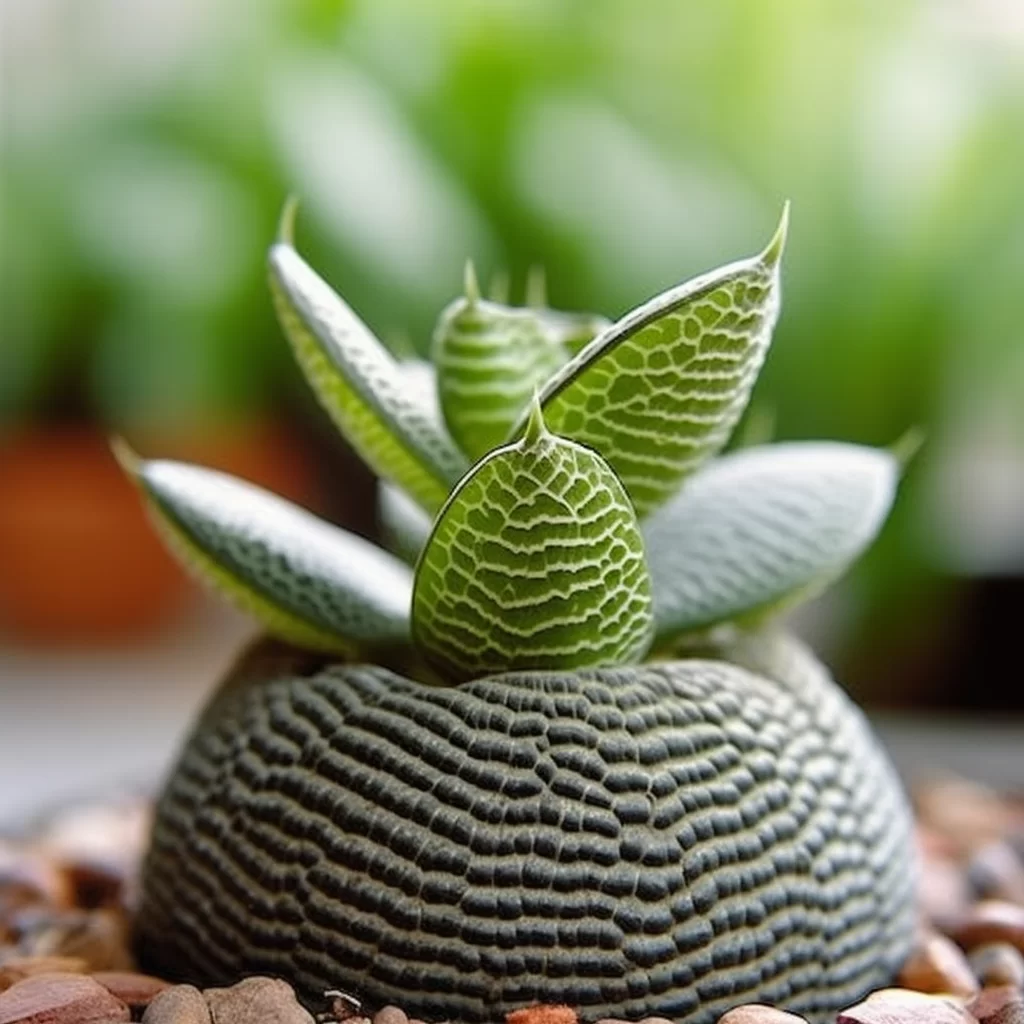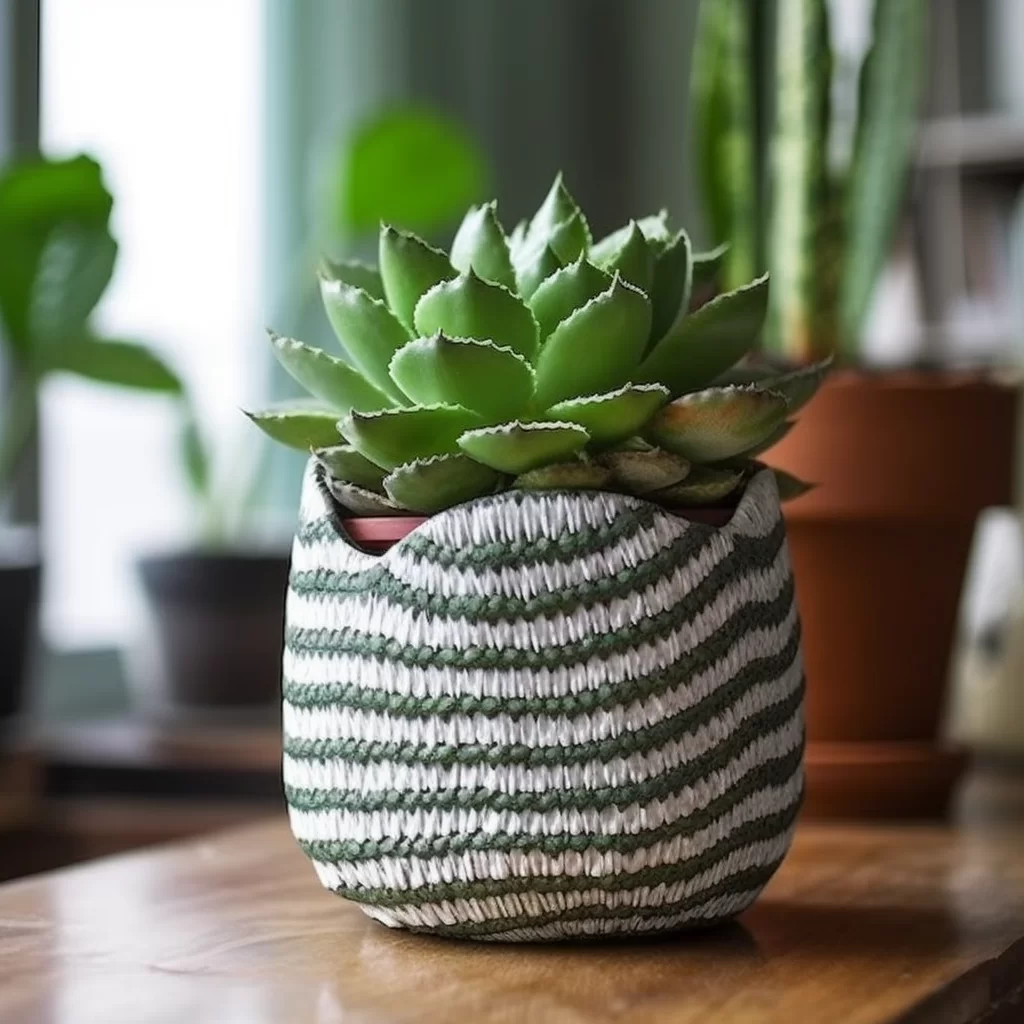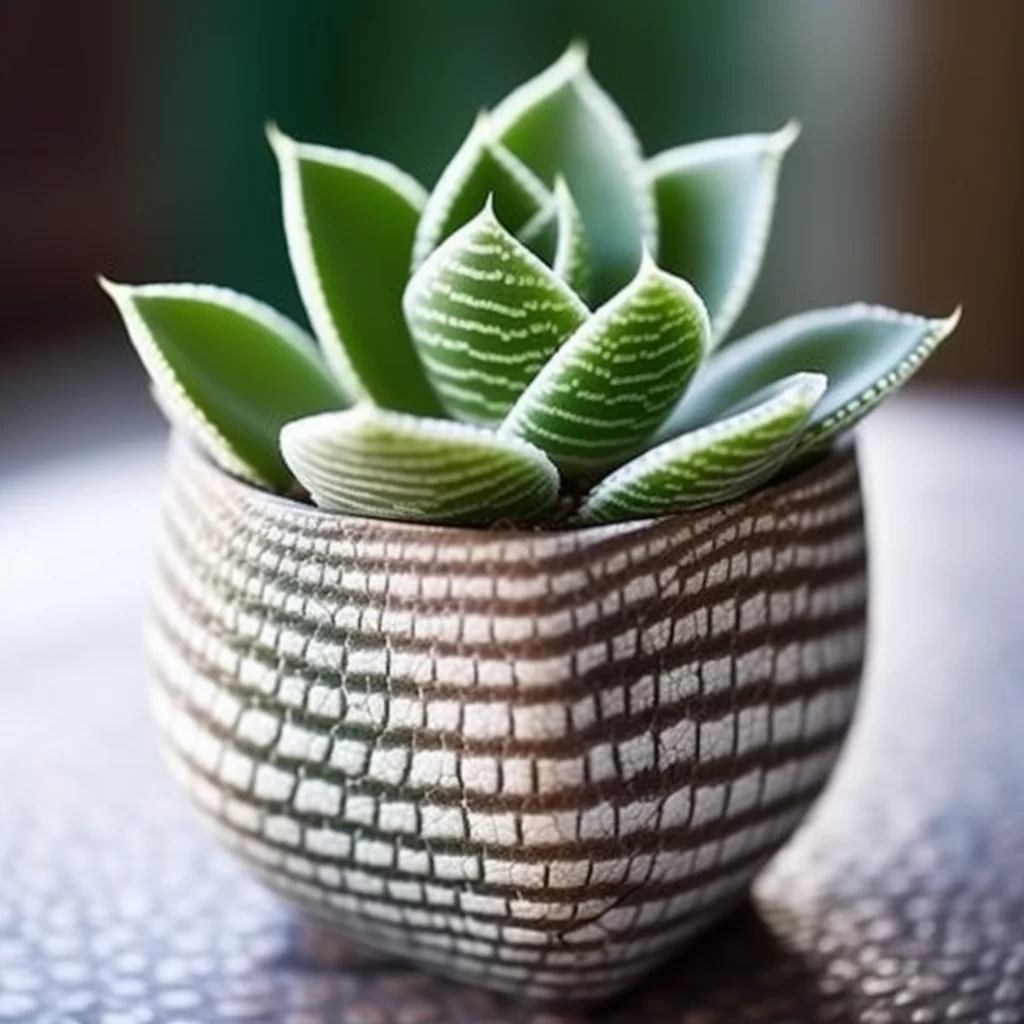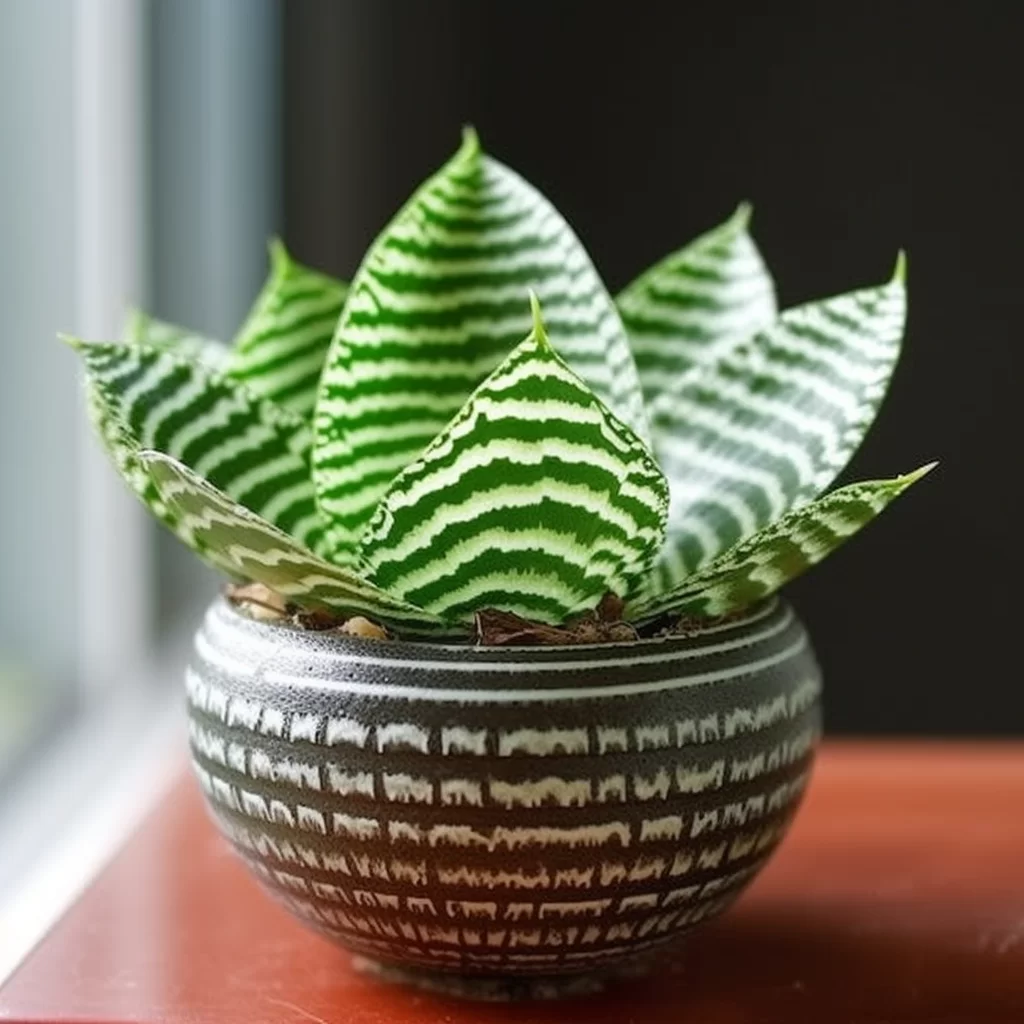Story of Day :
Contents
The Haworthia Zebra Plant: A Complete Guide and Care Tips
Hey there plant enthusiast, are you in search of a distinctive and low-maintenance succulent to jazz up your indoor garden? Well, let me introduce you to the amazing haworthia zebra plant! With its bold striped leaves and effortless care routine, this charming little greenery is sure to add some character to your collection.
In this guide, we will walk you through all the important details on how to take proper care of haworthia zebra plants so that they can thrive in your space.The haworthia zebra plant is an excellent choice for those who lead busy lives or don’t have much experience with plant care.
Its unique appearance instantly sets it apart from other succulents and its requirements for water and light are very straightforward – making it super easy to maintain.
We’ve got you covered with all the essential information on how often you should be watering this cute little guy and what type of soil mix best suits its needs.
So why wait? Bring home a haworthia zebra plant today and watch as it transforms into a stunning centerpiece for your indoor garden!
What is a Haworthia Zebra Plant?
The Haworthia Zebra Plant is a charming and petite succulent that originated from South Africa.
Its name was derived from the white stripes plastered horizontally on its dark green leaves, giving it an uncanny resemblance to a zebra.
This unique feature makes it a popular choice among plant enthusiasts looking for something distinct yet low-maintenance.
With its slow-growing nature, the Haworthia Zebra Plant can thrive for many years as long as it is given proper care. Haworthia Zebra Plants are fascinatingly beautiful succulents that make an excellent addition to any home or office space.
Haworthia Zebra Plants are fascinatingly beautiful succulents that make an excellent addition to any home or office space.
The striking contrast between their dark green leaves and white stripes can instantly brighten up any room.
They are also easy to take care of, making them perfect for people who do not have much experience with plants or those who lead busy lives.
Overall, the Haworthia Zebra Plant is the perfect blend of beauty and practicality!
Care Requirements
Haworthia zebra plants are easy to care for as long as you follow some basic guidelines:
- Light: These plants prefer bright but indirect sunlight.
Direct sunlight can scorch their leaves.
- Watering: Water your haworthia zebra plant sparingly.
Allow the soil to dry out completely before watering again.
Overwatering can cause root rot.
- Soil: Use well-draining soil specifically formulated for cacti and succulents.
- Temperature: Keep your plant in temperatures between 60-80°F (15-27°C).
Potting Your Haworthia Zebra Plant

Haworthias are fascinating plants that have a shallow root system.
Hence, they do not need deep pots to thrive.
The best container for them is a small and shallow one that must have drainage holes to prevent the roots from getting waterlogged.
Before repotting, it is imperative to ensure the soil is dry so that it holds its shape when transferred into the new container.
While repotting, gently take out the plant from its current pot and carefully separate any tangled roots before placing it in its new home.Haworthia Zebra Plant can be quite appealing with their striped leaves, but taking care of them requires some effort.
This plant has a unique requirement of having a shallow root system which means you should choose your containers wisely.
It would be best if you chose small and not too deep containers with drainage holes since these plants don’t like waterlogged soils.
Repotting should only be done when necessary, ensuring the soil is dry before doing so; this makes it easier to remove the plant without causing damage or stress on its roots during transplantation into its new pot.
With some gentle handling and care, your Haworthia Zebra Plant will continue looking stunning as ever!
Propagating Your Haworthia Zebra Plant
Propagating your haworthia zebra plant is a breeze and can be achieved by separating “pups” or offsets from the parent plant.
These pups will develop their own root system in due time, and once they have done so, you can separate them with ease.
To do this, you’ll simply need to use a clean knife or pair of scissors to carefully detach the pup from its parent plant. It’s crucial that you wait until these pups have developed their own roots before attempting to separate them as it ensures that they are strong enough to survive on their own.
It’s crucial that you wait until these pups have developed their own roots before attempting to separate them as it ensures that they are strong enough to survive on their own.
Additionally, using a clean tool is essential because it reduces the risk of spreading disease or causing unnecessary harm to both plants during separation.
With these precautions in mind, propagating your haworthia zebra plant should be an easy task!
Common Problems
Haworthias are generally hardy plants but can sometimes suffer from common issues:
- Overwatering: Too much water can cause root rot or mold on leaves.
- Sunburn: Direct sunlight can scorch leaves, causing brown spots or patches.
- Pests: Spider mites and mealybugs are common pests that may attack haworthias.
In Conclusion

The Haworthia zebra plant is a popular indoor succulent known for its stunning striped leaves.
It’s a low-maintenance plant, making it an ideal option for those who are new to gardening or have busy schedules.
With the right care, this plant can thrive and become a long-lasting addition to your home.To keep your Haworthia zebra plant healthy, it’s important to make sure that it gets plenty of sunlight and is planted in well-draining soil.
Avoid overwatering the plant as this can lead to root rot and other issues.
Instead, wait until the soil is completely dry before watering again.
By following these simple tips, you can enjoy the beauty of your Haworthia zebra plant for years to come!